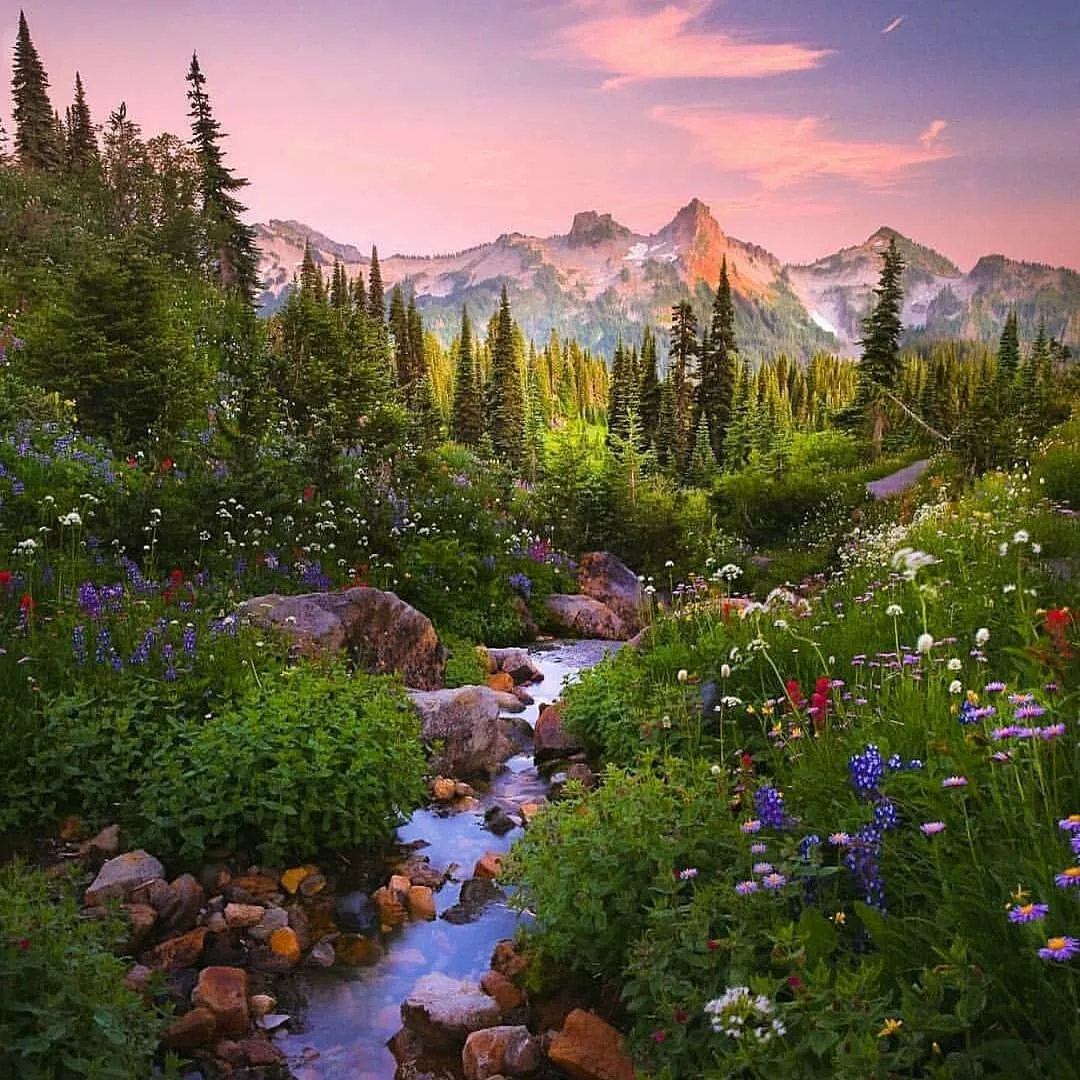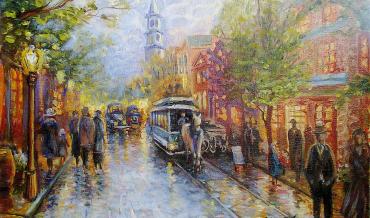
Landscape photography is a favorite genre of photography among both professionals and amateurs. Filled with beauty and drama, luxurious natural landscapes are constantly changing depending on the season. To make your images even more interesting and expressive, we suggest you pay attention to the following key points.
1. Create depth
When you're photographing a landscape, try to create a sense of depth in your photograph by keeping the whole set of image elements in focus (How to Create a Feel of Depth in Your Photos). To do this, you need to use a small aperture of f / 16-f / 22, so you can keep the objects in the foreground and the background sharp. Mount the camera on a tripod to avoid camera shake.
2. Use a wide angle lens
For landscape photography, opt for wide-angle lenses as they can capture a wide view, so they give the feeling of a wide open space (Introducing Wide-Angle Photography - Tips and Examples). These lenses tend to create a greater depth of field and allow for faster shutter speeds because they let in more light. Shooting an image at an aperture of f / 16 will result in good clarity of the foreground and background. And don't forget to try different interesting angles with photography.
3. Use photographic filters
To get the best images in landscape photography, you can use two filters. Polarizing filters will darken the sky and therefore make it bluer (Capturing the Perfect Sky with a Polarizing Filter: 4 Tips). Neutral Density (ND) filters prevent excess light from entering the camera. This is useful on clear days, such as when you are filming the movement of water or clouds. (The sky in landscape photography - fill the frame)
4. Shooting motion
If you are working with a treadmill, you can create a stunning white water effect by choosing a slow shutter speed. Select Shutter Priority Mode (TV or S) as an option and set the shutter speed to 2 seconds or longer. You can also use Aperture Priority (AV) mode and choose a small aperture like f / 32 (it usually requires more light).
5. Use reflections in the water
Subdued water can create beautiful effects and reflections. This type of survey is best done within the first hour after sunrise and in the last 60 minutes before sunset. Secure the camera to a tripod and set the mode switch to TV or S (shutter priority). Choose a slow shutter speed and let the camera set the correct aperture. If you're concerned about image clarity, you can increase the ISO, ISO 125 is a good starting point.
6. Add a character to the frame
Landscape is not only nature, so why not include people or animals in the frame? A beautiful landscape can be successfully complemented by a cute child or a beautiful girl running or jumping over flowers. Remember the rule of thirds and place the person where they are most interested. Choose a fast shutter speed if you want to freeze action or slow shutter speed if you need to capture motion.
7. Rule of Thirds in landscape photography
To use the rule of thirds, imagine four lines, two of which lie horizontally in the image and two vertically. They seem to divide the frame into nine equal squares. Sometimes images look better with a focal point in the middle of the square, but by placing an object at one of the intersection points of the imaginary lines, you create additional interest.
When a photograph is created using the rule of thirds, the viewer's eyes slide across the frame. A picture created according to this rule looks more interesting and pleasing to the eye.
Recommended settings
When you shoot during the day, you can afford to use the small f / 22 aperture and capture crisp, detailed images. If you are trying to capture the movement of water, people, or birds, and then use a filter to reduce the amount of light, then experiment with shutter speed. For water, set at least 2 seconds or more, and for moving animals or people, start at 1/60 sec. Always use a tripod for landscape images.
Recommended Hardware
Always use a lens hood in bright light. Alternatively, you can use a ND filter or a polarizing filter to reduce reflections and enhance the blueness of the sky. A tripod is especially important when you want to take very sharp photos and freeze motion. A special beanbag ("beanbag") - homemade or purchased - will also be useful when experimenting with angles (for example, shooting a landscape from the ground). Using a flash will help illuminate dark areas at close range.

